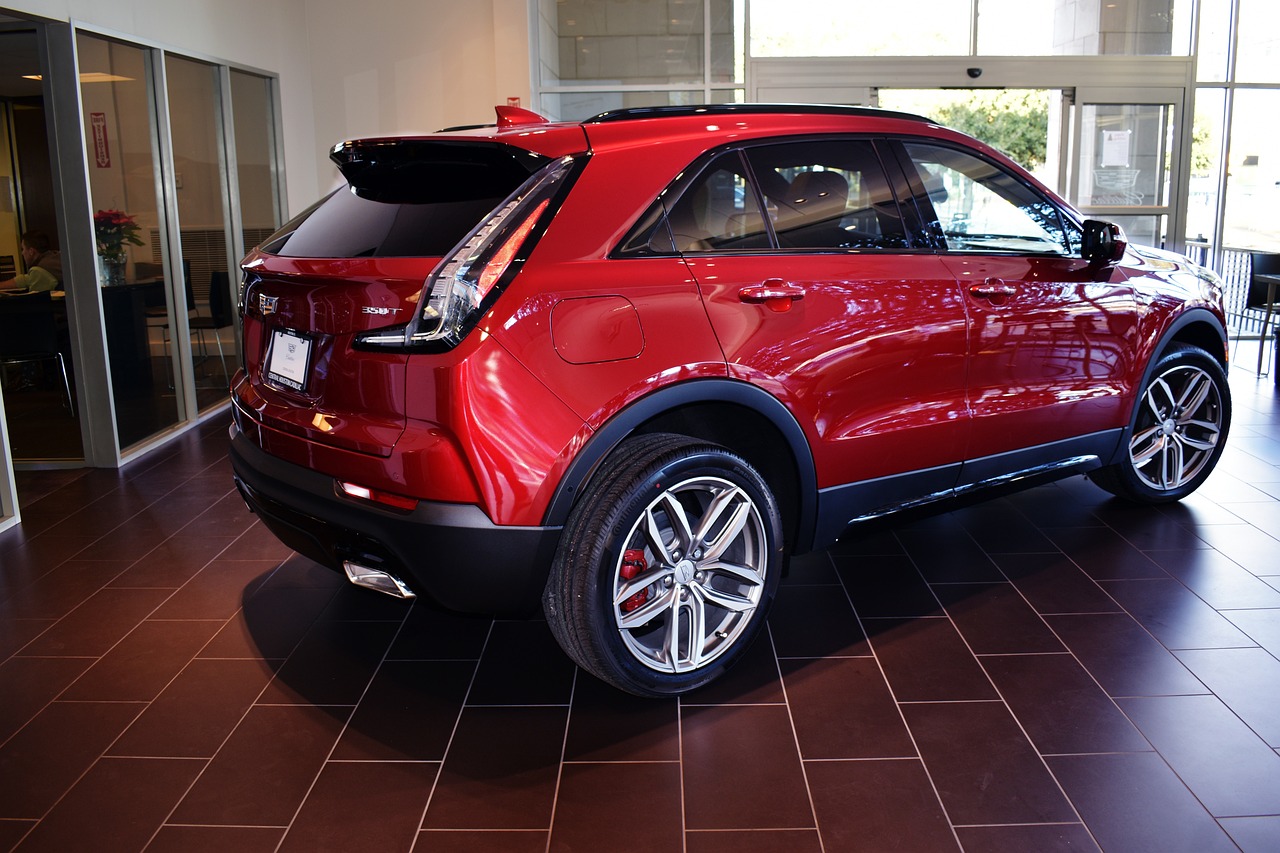Guide to Preparing for a Used Car Purchase: Research & Budgeting
Purchasing a used car can be an exciting and daunting experience. With countless makes, models, and price points to choose from, navigating the process can be overwhelming. But worry not, we’re here to guide you through each step of the process, ensuring that you find the perfect used car that suits your needs and fits your budget. In this comprehensive guide, we will discuss researching models, setting a budget, and utilizing CarVertical reports to make an informed decision when buying a used car.
Step 1: Determine Your Needs
Before you even begin looking at specific cars, it’s essential to determine what you need in a vehicle. Consider factors such as the number of passengers you’ll be transporting, your daily commute, and any specific features you desire. Make a list of your must-have features and preferences, which will help you narrow down your choices later on.
Step 2: Research Models
With a clear understanding of your needs, you can now begin researching various makes and models. Focus on vehicles that meet your criteria and have a reputation for reliability, safety, and overall performance. Consumer reviews and publications, like Consumer Reports and Kelley Blue Book, are valuable resources when comparing different models.
Step 3: Set a Budget
Setting a budget is a crucial part of the car-buying process. It’s essential to be realistic about what you can afford, both in terms of the purchase price and ongoing expenses, such as maintenance, insurance, and fuel costs. As a general rule, your car payment should not exceed 15% of your monthly take-home pay. Remember to factor in additional expenses, such as registration, taxes, and any potential repairs.
Step 4: Consider Financing Options
If you plan on financing your used car purchase, it’s essential to explore your options and secure pre-approval before shopping. Research interest rates and loan terms from various lenders, such as banks, credit unions, and online lenders. Having a pre-approval letter in hand will give you more negotiating power when discussing the purchase price with a seller.
Step 5: Search for Listings
Once you’ve narrowed down your choices, start searching for used car listings. Online marketplaces like Autotrader, Craigslist, and Cars.com are excellent resources for finding used vehicles in your area. Additionally, consider visiting local dealerships and talking with sales representatives to test drive the vehicles on your shortlist.
Step 6: Inspect the Vehicle
When you find a used car that meets your criteria, it’s essential to inspect it thoroughly before making a purchase. Examine the exterior and interior for any signs of damage, wear, or potential issues. Check the tires for uneven wear, and look for any leaks or rust under the vehicle.
Step 7: Utilize CarVertical Reports
CarVertical is a blockchain-based platform that provides detailed vehicle history reports. These reports contain crucial information about a used car’s past, such as previous accidents, ownership history, mileage discrepancies, and more. By utilizing CarVertical reports, you can ensure that you’re making an informed decision when purchasing a used vehicle.
To obtain a CarVertical report, simply visit their website and enter the car’s VIN (Vehicle Identification Number). This unique identifier, typically found on the driver’s side dashboard or inside the driver’s side door, allows CarVertical to generate a comprehensive report on the vehicle’s history.
Step 8: Test Drive the Car
A test drive is a crucial part of the car-buying process, as it allows you to determine if the vehicle is a good fit for you. Pay attention to how the car handles, the responsiveness of the brakes and steering, and the overall comfort level while driving.
Step 9: Negotiate the Price
Once you’ve inspected and test-driven the car, and you’re confident that it’s the right choice, it’s time to negotiate the price. Do your research on the fair market value of the vehicle, considering factors such as its age, mileage, and condition. Websites like Kelley Blue Book, Edmunds, and NADA Guides can provide a good baseline for the value of the car. Armed with this information, you’ll be in a stronger position to negotiate with the seller.
Remember that negotiation is a two-way street, and it’s essential to be respectful and assertive in your approach. Start by offering a price slightly below the fair market value, and be prepared to counteroffer if the seller comes back with a higher price. Keep in mind that it’s always a good idea to be willing to walk away if the seller isn’t willing to meet your price point.
Step 10: Arrange for a Pre-Purchase Inspection
A pre-purchase inspection (PPI) is an essential step before finalizing the purchase of a used car. A PPI is conducted by a certified mechanic and will provide a detailed assessment of the vehicle’s condition, identifying any potential issues or necessary repairs. While it may cost you a bit upfront, a PPI can save you from significant repair costs down the line and give you peace of mind knowing that the vehicle is in good shape.
To arrange for a PPI, ask the seller if they are comfortable with having the car inspected by a mechanic of your choice. Most reputable sellers will be open to this, as it demonstrates their confidence in the vehicle’s condition. If the seller is hesitant or refuses a PPI, consider it a red flag and proceed with caution.
Step 11: Review and Finalize the Paperwork
After the inspection and negotiation process, it’s time to finalize the paperwork. This step will vary depending on whether you’re purchasing from a dealership or a private seller. In either case, ensure that all the necessary documents are in order, such as the title, registration, and bill of sale.
If you’re buying from a dealership, they will typically handle most of the paperwork for you. However, it’s essential to review all the documents carefully and ensure that the agreed-upon price and terms are accurately reflected.
For private sales, you’ll need to handle the paperwork yourself. This process will vary depending on your state’s requirements, so it’s crucial to research the necessary steps in advance. Generally, you’ll need to transfer the title and registration to your name, as well as obtain insurance for the vehicle.
Step 12: Seal the Deal and Drive Away
Once all the paperwork is complete, and you’ve paid for the vehicle, you’re ready to take ownership of your new-to-you car. Make sure to obtain a copy of the bill of sale and any other relevant documents for your records. With the keys in hand, you can now enjoy your new ride with the confidence that you’ve made a well-informed and thoroughly researched decision.
Conclusion
Purchasing a used car can be a complex and challenging process, but by following this step-by-step guide, you can navigate the journey with ease. By determining your needs, researching models, setting a budget, utilizing CarVertical reports, and conducting thorough inspections and negotiations, you’ll be well on your way to finding the perfect used car that meets your criteria and fits your budget. Happy car hunting!












